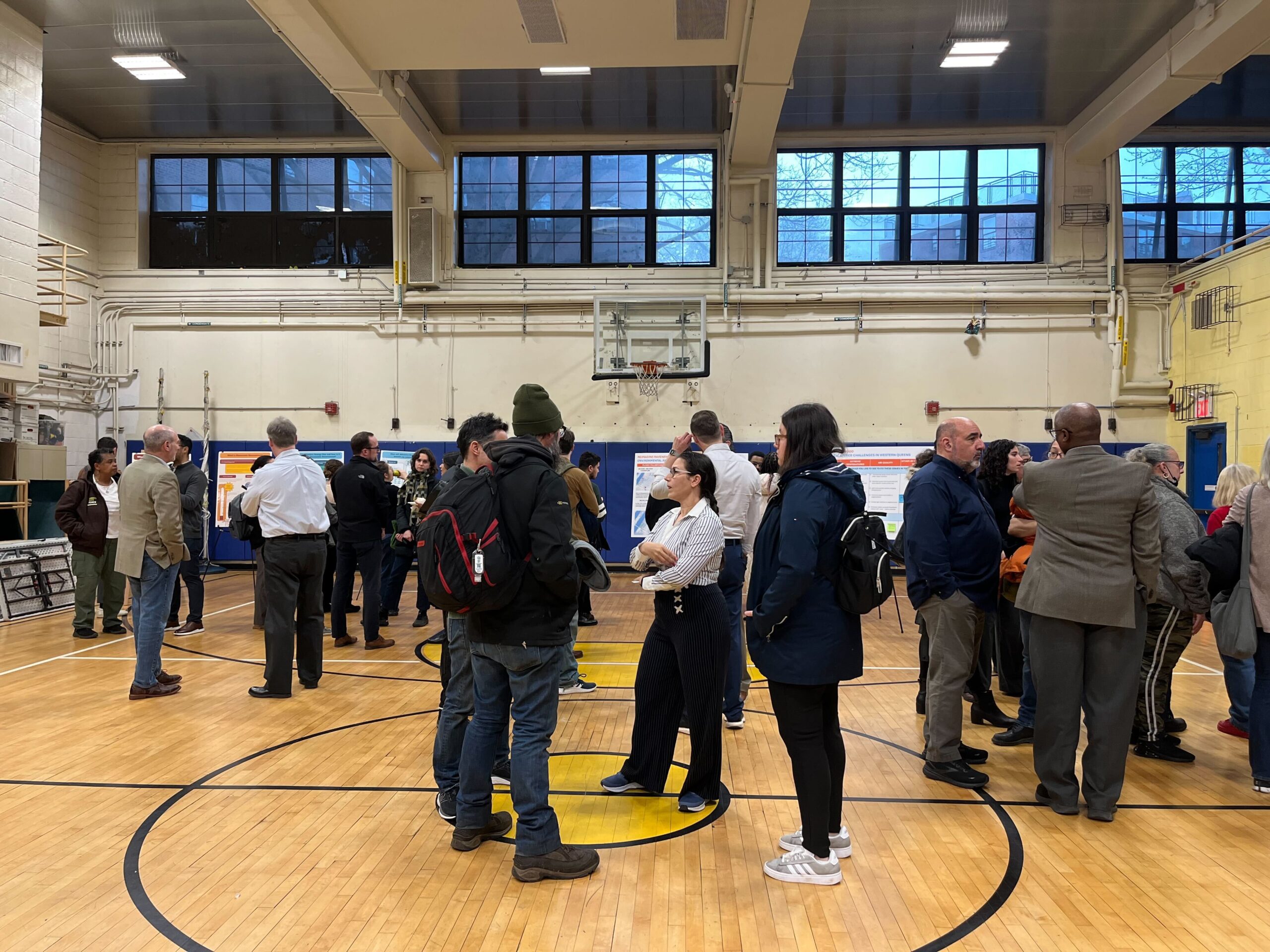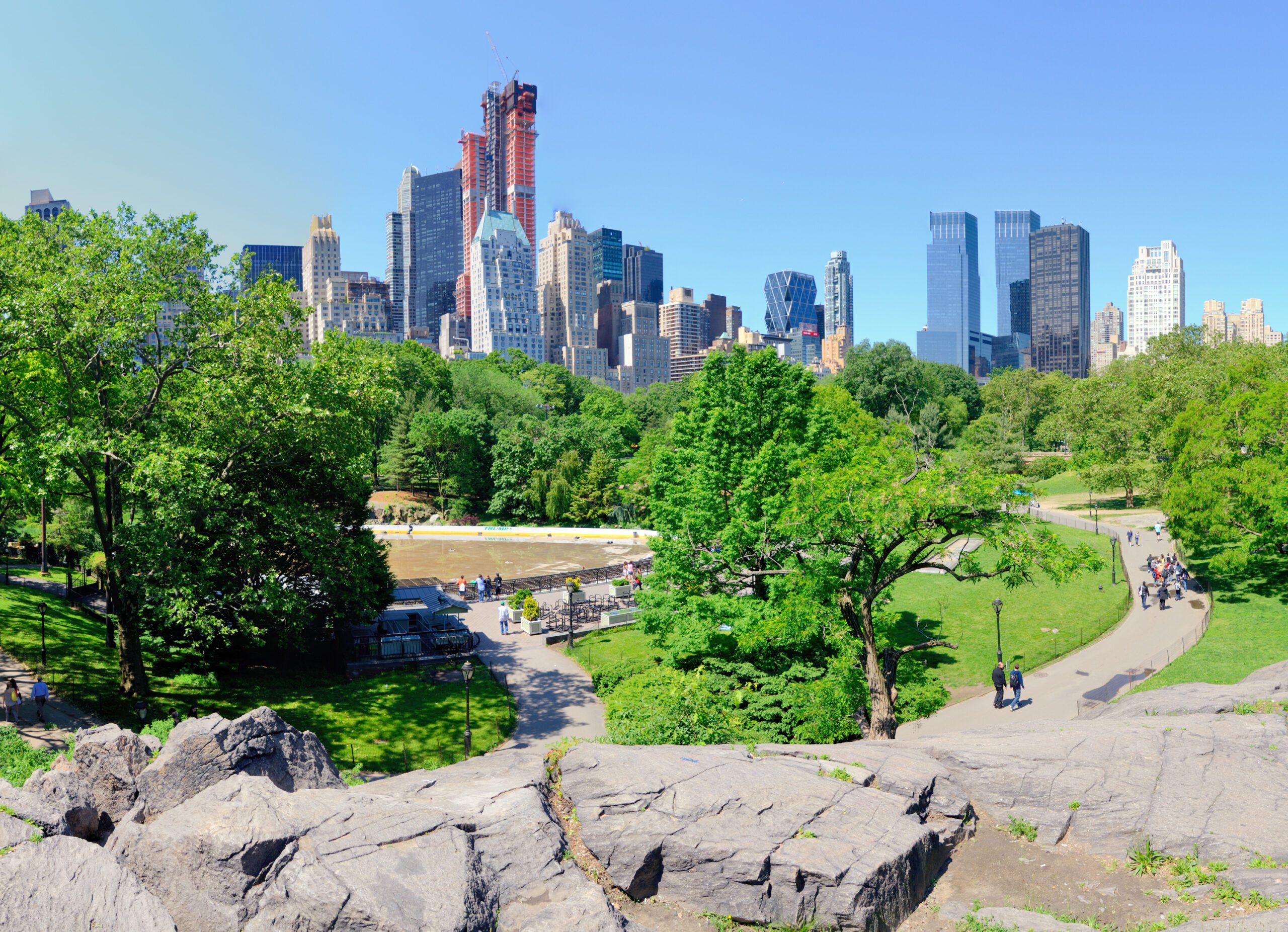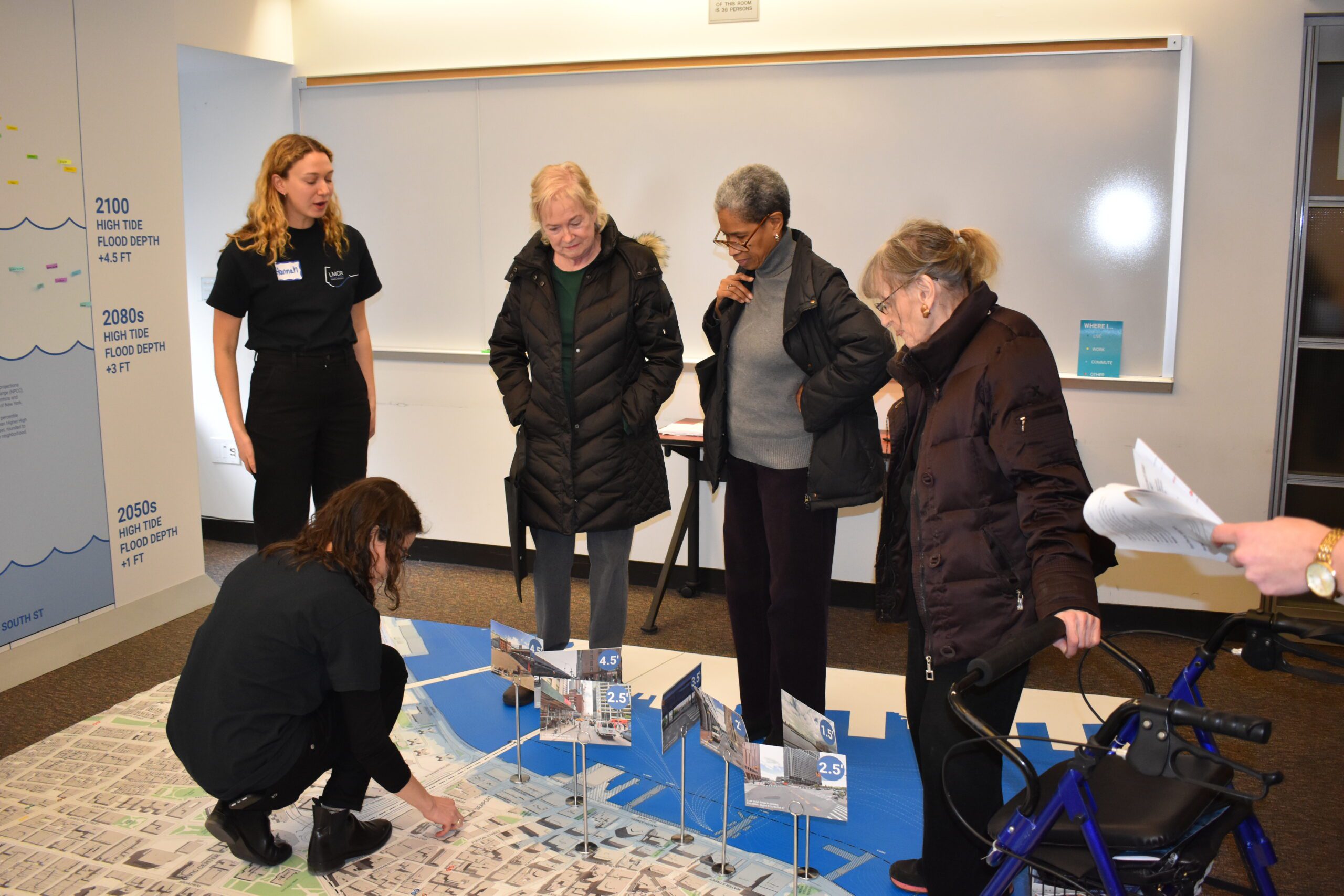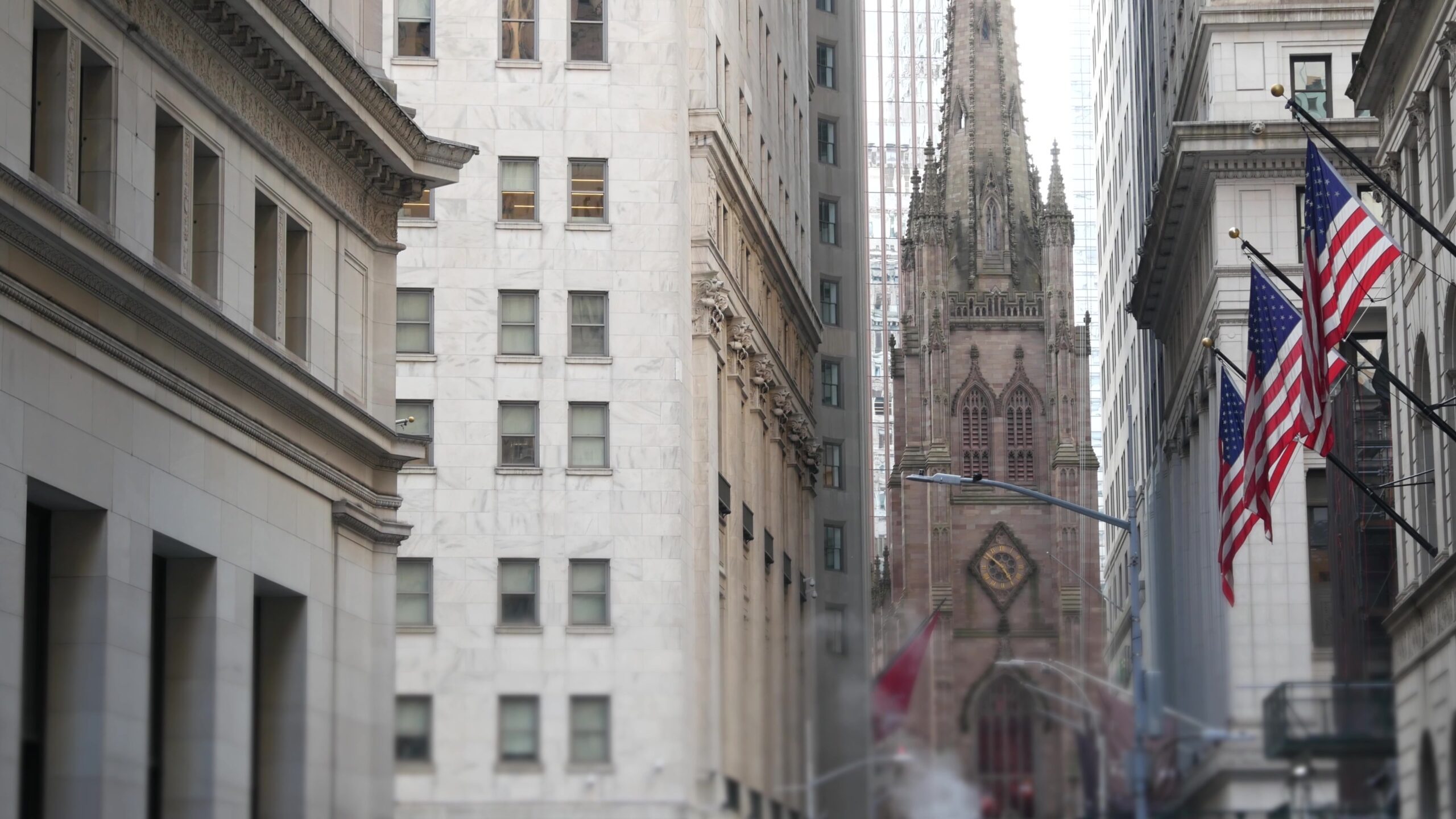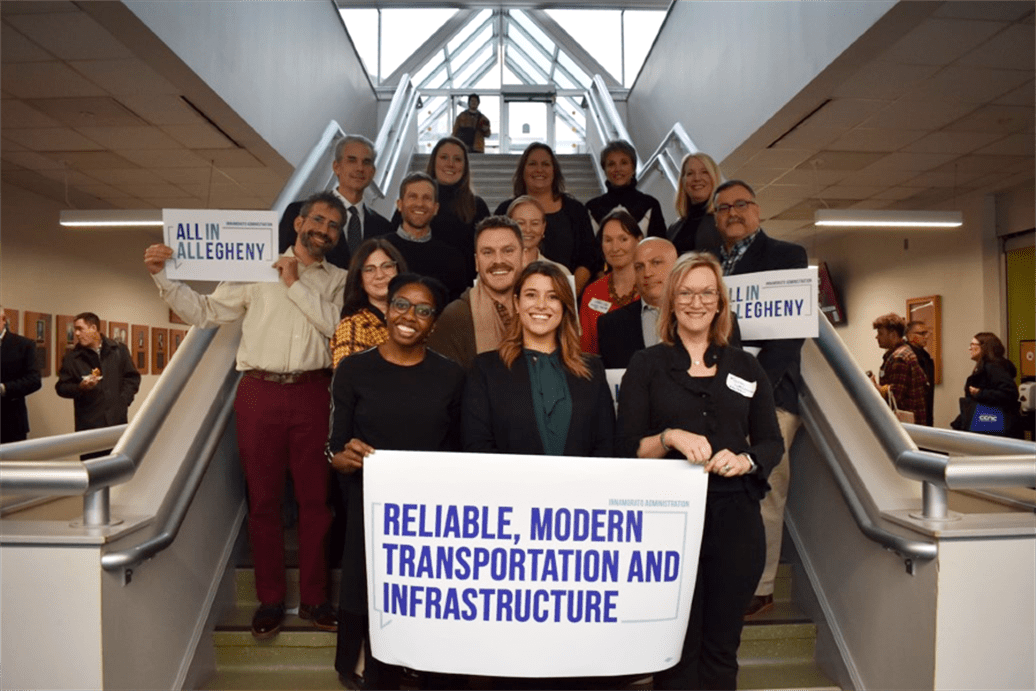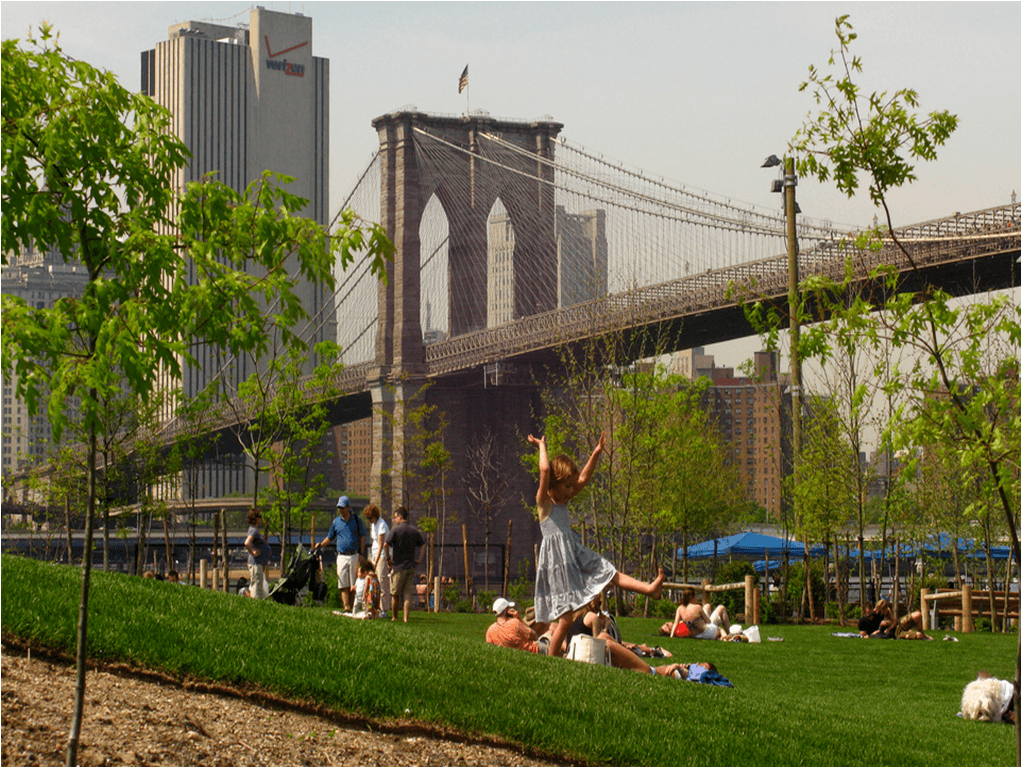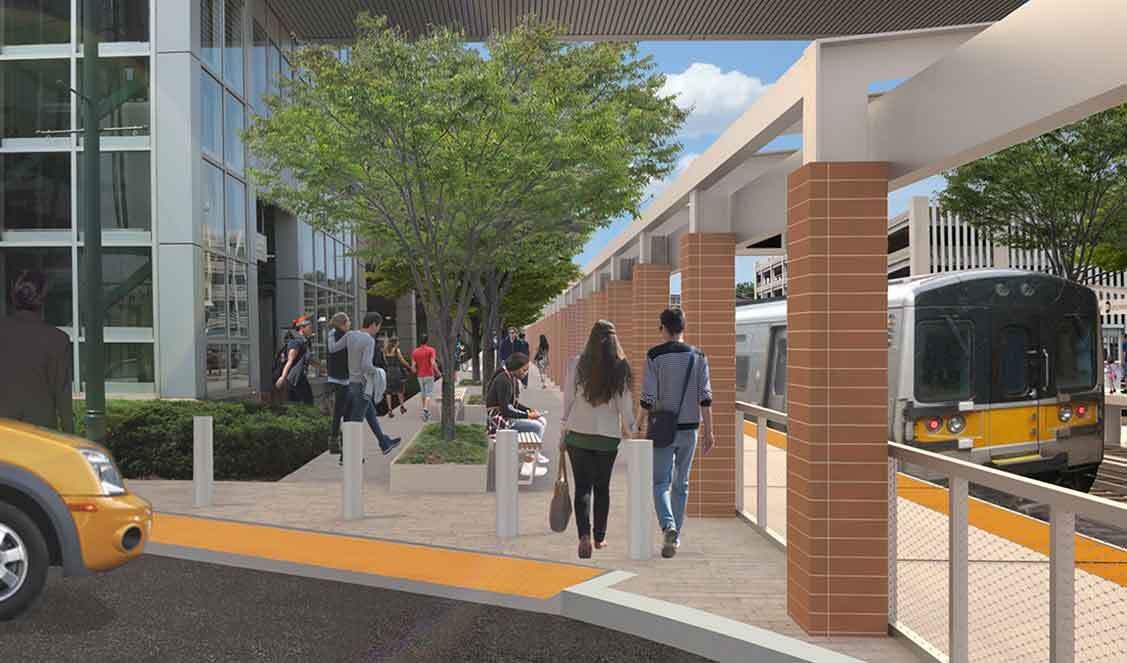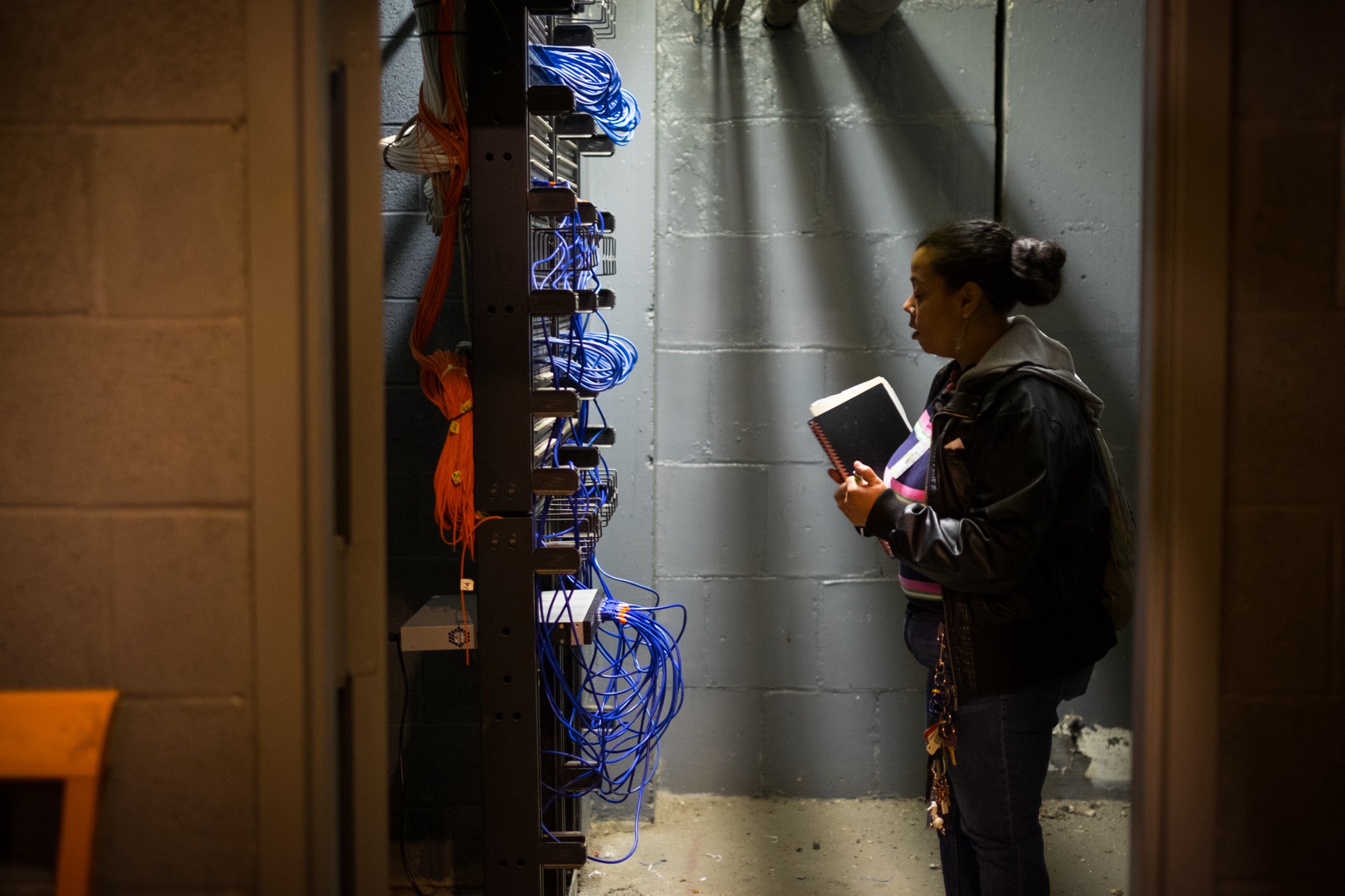NYC’s groundbreaking Internet Master Plan lays the foundation for more equitable internet infrastructure, unlocking private sector innovation to connect all New Yorkers to expanded economic opportunity.
Challenge
High-speed internet access is the seminal infrastructure of the 21st Century and will shape the future of New York City. If made affordable and accessible to everyone, broadband can be a lever for increasing opportunity for residents, expanding the City’s position as a global economic leader, and supporting NYC as the fairest big city in America. Failure to connect all New Yorkers all but guarantees that some portion of the population will be left behind.
Broadband connectivity is a prerequisite to economic inclusion, yet nearly one third of NYC households (29%) currently do not have broadband in their homes. A striking 18% of city residents—more than 1.5 million New Yorkers—have neither a mobile connection nor a home broadband connection, yet both are required for full connectivity. Choice among residential broadband providers—a key driver of affordability, performance, and privacy—is limited relatively wealthy and dense neighborhoods. Today, commercial fiber is concentrated in Manhattan, starkly disadvantaging the economic viability of the City’s outer boroughs.
Solution
HR&A worked with the Mayor’s Office of the Chief Technology Officer (MOCTO) to identify challenges, opportunities, and ambitions to deliver broadband infrastructure in New York City. We led an interdisciplinary team to craft an expansive outlook including:
- A future-proof approach to infrastructure design and delivery
- Strategies to leverage City assets for broadband use, creating value for public and private partners
- A preferred business model and recommended public-private financing strategy for implementation
- A governance strategy that consolidates oversight and reflects broadband’s status as core infrastructure
- A benefits case for ubiquitous, affordable broadband, quantifying the economic and fiscal impacts associated with greater access for households, businesses, and improved municipal services
- Potential initial implementation approaches that quickly make a difference in the lives of New Yorkers and serve as meaningful steppingstones to a longer-term implementation roadmap
Impact
The HR&A team’s research, findings, and recommendations have shaped the City’s first ever Internet Master Plan, released in January 2020.
The plan charts a path to expand the City’s role in broadband infrastructure and service delivery by facilitating public partnerships to fill gaps in the market, close the digital divide, and deliver universal, affordable broadband to all New Yorkers. The plan has been lauded by experts in the telecommunications and public policy. In a Brookings article titled “New York City and the FCC have two very different plans for expanding broadband access”, Nonresident Senior Fellow, Blair Levin praised the Internet Master Plan’s novel approach to combating broadband challenges through multi-stakeholder partnerships and prioritized problem-solving.
Reliable high-speed internet is a prerequisite for full participation in our society; when COVID-19 hit, home broadband became undeniably essential. In May 2020, the City established the Universal Solicitation for Broadband (USB), a new procurement strategy outlined in the Internet Master Plan, with a Request for Expressions of Interest (RFEI) for ready-to-deploy ideas for free and low-cost internet service to New York City Housing Authority (NYCHA) residents.
In July 2020, the City doubled down on universal broadband to advance racial inclusion and equity through COVID-19 response and recovery. Mayor Bill de Blasio announced the acceleration of the Internet Master Plan, committing $157 million to expand affordable broadband access to 600,000 New Yorkers, including 200,000 NYCHA residents. New York City’s commitment and strategy is among the boldest plays of any city in the country to achieving universal broadband.
Check out the full Internet Master Plan here and read coverage from national and local news sources including, Gothamist, City & State, Next City, State Scoop, Ars Technica and CNET.
For questions and inquiries, please contact Danny Fuchs at danny@hraadvisors.com or (212) 977-6171.
